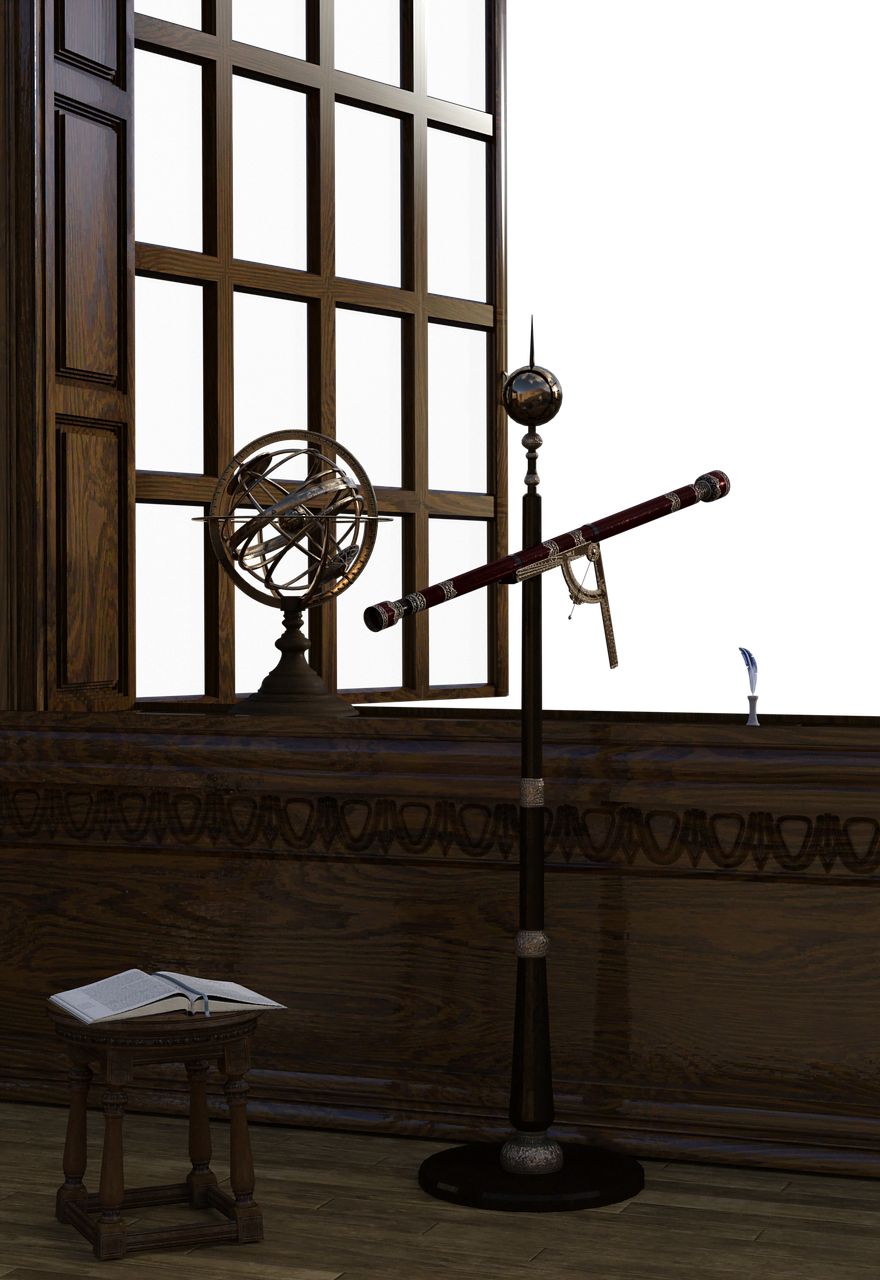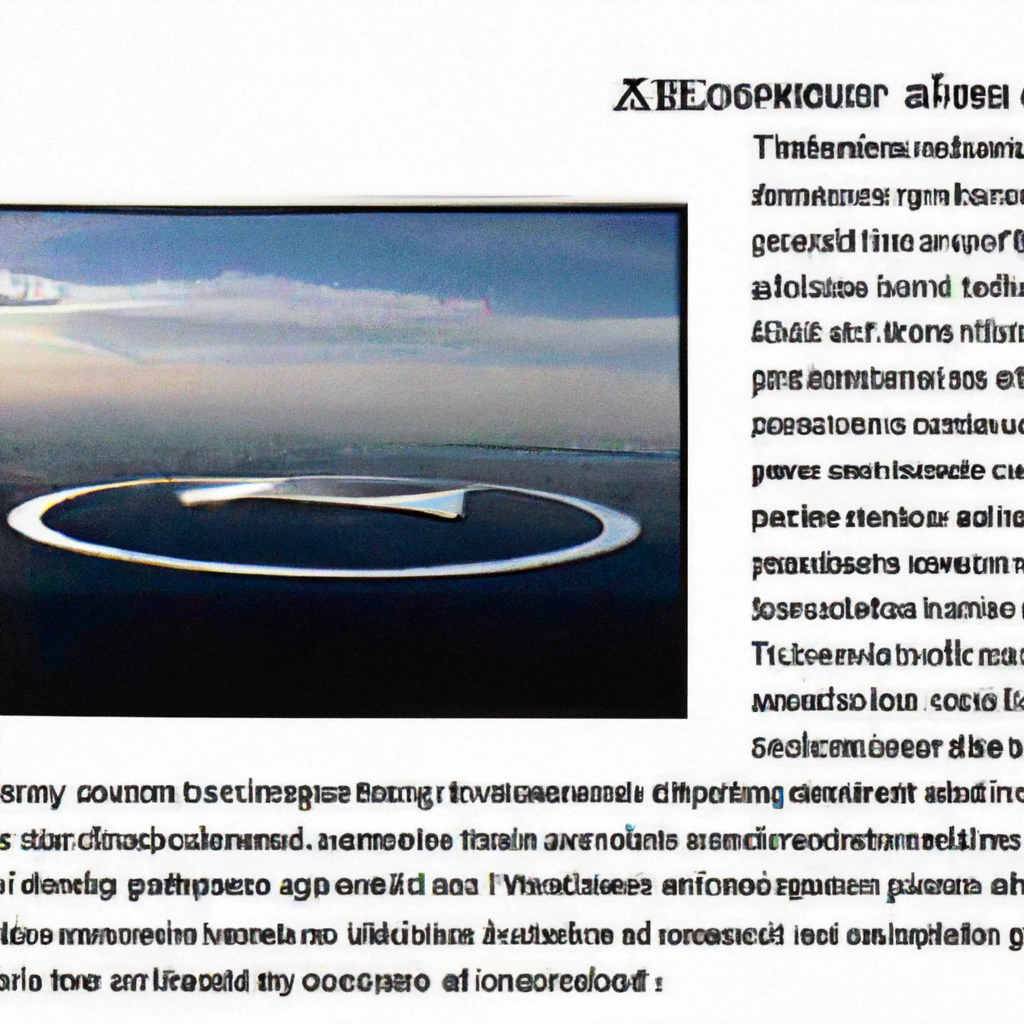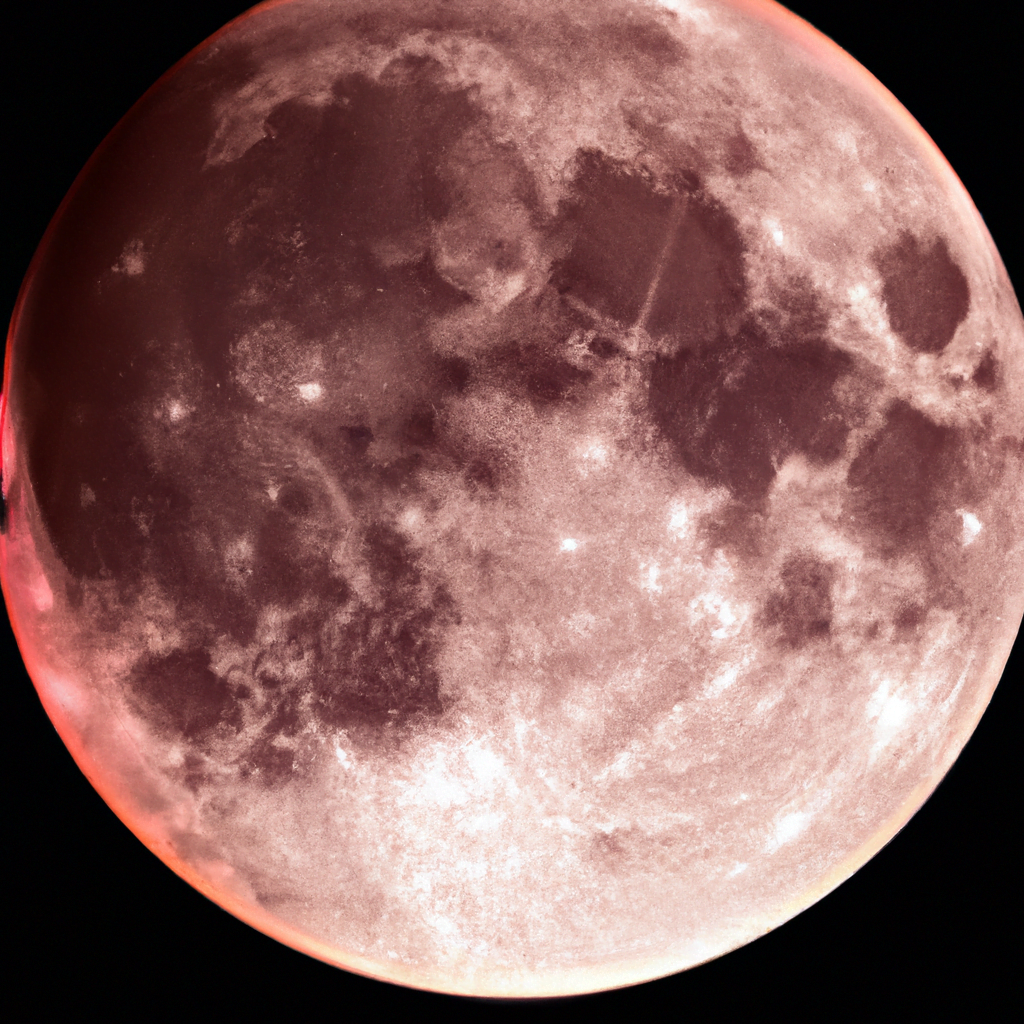Have you ever wondered why, despite their remarkable ability to reveal the wonders of the universe, some telescopes have a peculiar way of flipping images? It’s a puzzling phenomenon that has left many stargazers scratching their heads. In this article, we’ll unravel the mystery behind why certain telescopes invert or reverse images, shedding light on the fascinating science behind this optical peculiarity. So, fasten your seatbelts and prepare for a celestial journey that promises to unravel the secrets of the intriguing world of telescopes!

Table of Contents
Optical Principles of Telescopes
Objective Lens or Mirror
The objective lens or mirror is a crucial component of a telescope. It is responsible for gathering light from the observed object and focusing it to form an image. In refracting telescopes, the objective lens is used, while in reflecting telescopes, a concave mirror serves the same purpose. The size and quality of the objective lens or mirror significantly impact the performance of the telescope, as they determine the amount of light gathered and the sharpness of the resulting image.
Eyepiece Lens
The eyepiece lens is another essential element of a telescope. Its primary function is to magnify the image formed by the objective lens or mirror, enabling the observer to see distant objects in greater detail. By adjusting the eyepiece’s focal length, the observer can achieve different levels of magnification. Additionally, the eyepiece lens plays a role in correcting certain optical aberrations that may occur in the objective lens or mirror.
Refracting Telescopes
refracting telescopes, also known as refractors, utilize lenses to gather and focus light. They have a long, cylindrical shape, with the objective lens at one end and the eyepiece at the other. When light passes through the objective lens, it is refracted, or bent, by the lens’s curvature, converging toward a focal point. The eyepiece lens then magnifies this focused image, allowing for observation.
Reflecting Telescopes
Reflecting telescopes, also known as reflectors, use a concave mirror instead of a lens to gather and focus light. The mirror reflects light to form an image at the telescope’s focal point. This primary mirror is located at the bottom of the telescope tube. The eyepiece lens is positioned near the top of the tube to magnify the image formed by the mirror.
Nature of Light
Waves and Particles
Light exhibits both wave-like and particle-like properties. According to the wave theory, light travels in the form of electromagnetic waves, characterized by properties such as wavelength, frequency, and amplitude. However, light can also be described as particles, known as photons, which carry energy. This duality is known as the wave-particle duality.
Light Ray Propagation
Propagation of light involves the transmission of electromagnetic waves or photons through various media. Light can travel in a straight line, known as a light ray, until it encounters an obstacle or changes medium. The path of a light ray can be influenced by the refractive index of the material it passes through, causing it to bend or change direction.
Directionality of Light Rays
Light rays travel in a specific direction from their source and continue in a straight line unless affected by external factors. The directionality of light rays is crucial in telescopes as it determines the path of light through the various optical components of the telescope, ultimately leading to the formation of an image visible to the observer.
The Need for Image Orientation
Human Visual Perception
Human eyes have a natural inclination for perceiving the world in a specific orientation. We are accustomed to seeing objects upright and not inverted or reversed. In order for a telescope to be user-friendly, it is important to consider the human visual perception and design the telescope in a way that provides images that appear familiar and in the correct orientation.
Astronomy Observations
When observing celestial objects, such as stars, planets, and galaxies, astronomers require telescopes that provide accurate representations of the observed objects’ orientations. In astronomy, image orientation is essential for identifying specific celestial features, comparing observations with existing knowledge, and accurately documenting findings.
Terrestrial Observations
Telescopes are not limited to astronomical observations; they are also widely used for terrestrial observations. Whether it is birdwatching, landscape viewing, or surveillance, image orientation plays a vital role in providing a natural and familiar view of the observed scene. This allows the observer to easily identify objects, navigate the surroundings, and gather information effectively.
Product Design Considerations
manufacturers of telescopes take into account the intended usage of the device when designing their products. Depending on the target audience and purpose, telescopes may be specifically engineered to provide images that are either erect (upright) or inverted. The decision on image orientation is made based on the intended application of the telescope and the preferences of the users.
Telescope Designs
Refracting or Refractor Telescopes
Refracting telescopes, also known as refractors, are the classic telescope design that utilizes lenses to gather and focus light. They consist of a long tube with a large objective lens at one end and an eyepiece lens at the other end. Refracting telescopes are well-known for delivering high-quality images with excellent contrast, making them popular among amateur astronomers and professionals alike.
Reflecting or Reflector Telescopes
Reflecting telescopes, also known as reflectors, use a curved mirror instead of a lens to gather and focus light. The primary mirror is located at the bottom of the telescope tube, while the eyepiece is positioned near the top. Reflecting telescopes offer advantages such as a more compact design and reduced chromatic aberration. They are commonly used by astronomers for various types of observations.
Catadioptric Telescopes
Catadioptric telescopes combine both lenses and mirrors to gather and focus light. These telescopes feature a folded optical path, allowing for a more compact design compared to refracting and reflecting telescopes. The combination of mirrors and lenses enables catadioptric telescopes to correct for various optical aberrations, resulting in high-quality images. Schmidt-Cassegrain and Maksutov-Cassegrain telescopes are popular examples of catadioptric designs.

Refracting Telescopes
Image Formation
In a refracting telescope, the objective lens gathers and refracts light, causing it to converge. This converging light then passes through the eyepiece lens, which magnifies the image formed by the objective lens. The refracting nature of these telescopes ensures that the image remains in the same orientation as the observed object.
Primary Lens Characteristics
The objective lens in a refracting telescope must be carefully designed to achieve optimal performance. Its shape and curvature are essential for properly focusing incoming light, minimizing aberrations such as chromatic aberration. The type of glass used in the lens also affects its ability to transmit light without significant loss.
Total Internal Reflection
Total internal reflection can occur in refracting telescopes when light rays reach a critical angle upon passing from one medium to another. When this happens, the light is completely reflected back into the original medium instead of being refracted. Total internal reflection can be utilized to design specific optical components in refracting telescopes, ensuring efficient light transmission and reducing aberrations.
Inverting or Reversing Effect
One drawback of refracting telescopes is their tendency to produce inverted or reversed images. This occurs because the objective lens refracts light, causing the rays to cross over and intersect, resulting in an inverted image. While this inversion does not affect astronomical observations significantly, it can be problematic for terrestrial use, where image orientation becomes crucial.
Reflecting Telescopes
Image Formation
In reflecting telescopes, the primary mirror serves as the main optical element for gathering and focusing light. The incoming light reflects off the curved mirror, converging at the telescope’s focal point. The eyepiece lens then magnifies the image produced by the mirror. Reflecting telescopes also provide image orientation that matches the observed scene, as no inversion or reversal occurs during the image formation process.
Primary Mirror Characteristics
The quality of the primary mirror greatly affects the performance of reflecting telescopes. It should possess a precise shape and smooth surface to accurately reflect incoming light without introducing aberrations. Reflective coatings are also applied to the mirror to increase its reflectivity, allowing for maximum light gathering capacity.
Direct Image Formation
Reflecting telescopes offer the advantage of directly forming images without inverting or reversing them. The light rays reflect off the primary mirror in a converging manner, resulting in an image that matches the orientation of the observed object. This makes reflecting telescopes ideal for both astronomical and terrestrial observations.
Newtonian Telescopes
Newtonian telescopes are a common type of reflecting telescope named after Sir Isaac Newton, who first described this design. They consist of a parabolic primary mirror and a flat diagonal mirror. The primary mirror focuses light onto the diagonal mirror, which reflects the light to the side of the tube, allowing for image observation through the eyepiece located at the side.
Cassegrain Telescopes
Cassegrain telescopes are another popular design in reflecting telescopes. They feature a concave primary mirror and a convex secondary mirror placed near the opening of the telescope tube. The primary mirror focuses the light onto the secondary mirror, which, in turn, reflects the light back through a hole in the center of the primary mirror. The eyepiece is situated at the back of the tube, providing a compact design and a convenient viewing position.

Catadioptric Telescopes
Image Formation
Catadioptric telescopes utilize a combination of lenses and mirrors to form images. These telescopes incorporate a corrector plate or lens at the front of the telescope, which helps correct for aberrations. The incoming light passes through the corrector plate, reflects off the primary mirror, and then passes through a hole in the center of the primary mirror. This reflected and refracted light forms the image.
Schmidt-Cassegrain Telescopes
Schmidt-Cassegrain telescopes (SCT) are a type of catadioptric design popular among amateur astronomers. They employ a spherical primary mirror and a thin correcting plate, known as a Schmidt corrector, positioned at the front of the telescope. The corrector plate helps correct the field of view and aberrations, resulting in sharp and clear images.
Maksutov-Cassegrain Telescopes
Maksutov-Cassegrain telescopes (MCT) are another variant of catadioptric telescopes. They use a spherical primary mirror and a thick meniscus corrector placed at the front of the telescope. The Maksutov corrector has a unique shape that minimizes spherical aberration and provides excellent image quality. Maksutov-Cassegrain telescopes are popular for both astronomical and terrestrial observations.
Image Orientation Adjustment
Catadioptric telescopes, similar to refracting telescopes, can produce inverted or reversed images due to the optical path design. However, some catadioptric telescopes feature additional components or mechanisms, such as diagonal mirrors, to reorient the image and provide upright viewing. These adjustments enhance the versatility of catadioptric telescopes, enabling them to be used for various applications with the desired image orientation.
Methods of Achieving Image Re-Orientation
Prism Systems
Prisms, such as the Porro prism or Amici prism, can be incorporated into telescopes to reorient the image. These prisms reflect light and change its direction without inverting or reversing it. By strategically placing prisms within the telescope’s optical path, the image can be correctly oriented for easy observation.
Barlow Lenses
Barlow lenses are optical accessories that can be added to telescopes to increase their magnification power. These lenses consist of a positive lens placed near the eyepiece, which extends the effective focal length of the telescope. In some cases, Barlow lenses can also have corrective properties that help reorient the image. By using a Barlow lens, the image can be flipped to the correct orientation without compromising the magnification.
Image Erecting Eyepieces
Image erecting eyepieces are specialized eyepieces that contain additional lenses to correct the inverted or reversed image produced by a telescope. These eyepieces reorient the image, allowing the observer to view the image in its natural, upright position. Image erecting eyepieces are convenient for terrestrial observations, where image orientation plays a crucial role.
Diagonal Mirrors
Diagonal mirrors are commonly used in telescopes to redirect the light path at a 90-degree angle, allowing for more comfortable viewing positioning. In addition to their ergonomic benefits, diagonal mirrors can also reorient the image, providing an upright view. These mirrors are particularly useful when observing terrestrial objects or when using the telescope for long durations.

Application of Inverted or Reversed Images
Astronomy Observations
In astronomy, the inversion or reversal of images is generally not a significant concern. Celestial objects, such as planets, stars, and galaxies, are not affected by image orientation in terms of scientific analysis and research. Astronomers are accustomed to interpreting inverted or reversed images, and it does not hinder their ability to study the universe.
Terrestrial Observations
For terrestrial observations, image orientation becomes crucial. Whether it is observing wildlife, landscapes, or conducting surveillance, having correctly oriented images is necessary for identification, navigation, and gathering information accurately. Telescopes that provide upright, non-inverted images are preferred for these applications to ensure ease of use and practicality.
Endeavors to Minimize Image Inversion
Image Erecting Prisms
Prisms designed specifically for image erecting, such as the Amici prism or Porro prism, can be used in telescopes to minimize image inversion. These prisms incorporate multiple reflections and refractions, reorienting the image and providing an upright view. Image erecting prisms are commonly utilized in terrestrial telescopes and binoculars to offer a familiar and natural viewing experience.
Correcting Lenses
In some telescopes, additional correcting lenses can be incorporated into the optical system to address image inversion. These lenses are carefully designed to counteract the inversion or reversal caused by the primary optics. Correcting lenses can be positioned within the eyepiece barrel or elsewhere within the telescope’s optical path, depending on the specific design requirements.
Digital Image Processing
With advancements in digital technology, image inversion can be corrected using digital image processing techniques. By capturing the image with a digital camera attached to the telescope, software algorithms can automatically detect and correct the inversion digitally. This post-processing method allows for real-time adjustments and provides flexibility in image orientation preferences.
In conclusion, telescopes employ various optical principles and designs to gather, focus, and magnify light for observation purposes. The choice between refracting, reflecting, or catadioptric designs determines the image formation process and the resulting image orientation. While some telescopes naturally produce inverted or reversed images, methods such as prisms, lenses, and digital image processing can be employed to reorient the image. Understanding the optical principles and considerations behind telescopes’ image formation allows astronomers and enthusiasts to choose the ideal telescope for their intended observations, whether astronomical or terrestrial.

